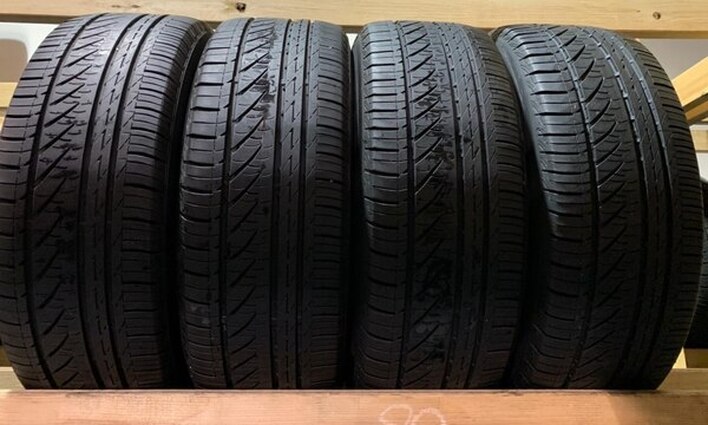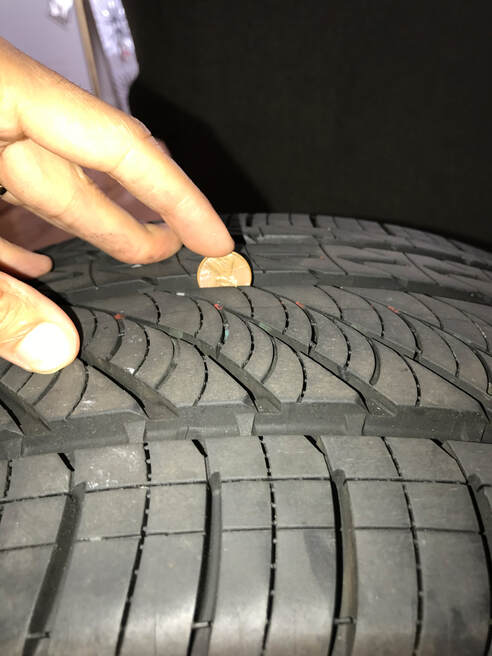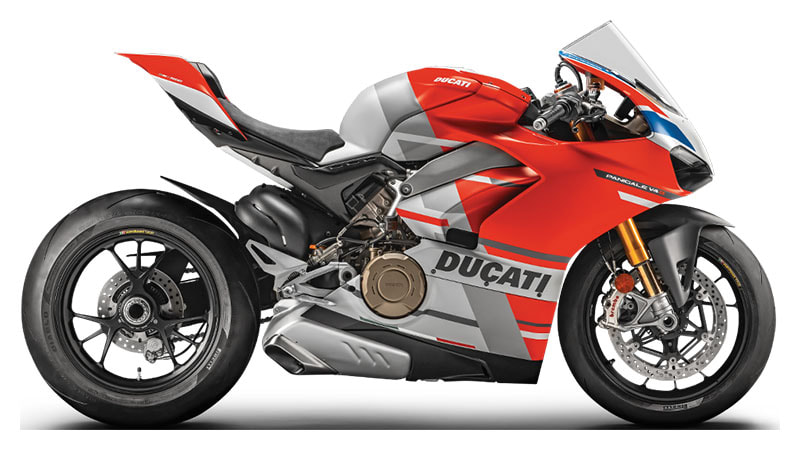Bridgestone equips the first off-road model from Maserati
Italian Maserati SpA has chosen Bridgestone tires for original equipment of its first SUV Maserati Levante. Starting from May 2016, all-wheel drive vehicles of the SUV class leave the Maserati Mirafiori factory near Turin (Italy) equipped with Bridgestone Turanza Serenity Plus tires in size 255/60 R18 108W.
Bridgestone developed the tires specifically for modern high-performance off-road vehicles. Their design was based on the Potenza sports tires tread pattern, said technical specialist Bridgestone Turanza Serenity Plus Review , which allowed the Turanza model to be endowed with exactly the features that drivers expect from tires for the most luxurious off-road vehicles in the world: high steering sensitivity and wet safety and a high level of driving comfort.
The MGT marking on the sidewall of the Bridgestone Turanza Serenity Plus , included in the Levante primary package, indicates that they were homologated by Maserati to equip their vehicles.
Christophe de Valroger, vice president of the OE European division of Bridgestone, said: “We are proud that our products have been chosen for the new Maserati Levante SUV. Bridgestone Turanza Serenity Plus tires are designed to offer the best driving experience, and we are confident that even the most demanding drivers will be satisfied. "
Recall that the cooperation of Maserati and Bridgestone began in 2000, with the supply of 18-inch innovative tires Bridgestone with the Run-Flat (RFT) design for the Maserati Quattroporte V model.
Tires Bridgestone Turanza Serenity Plus Review will be included in the basic configuration of the Alfa Romeo Stelvio SUV
Italian premium car manufacturer Alfa Romeo Automobiles SpA has chosen Bridgestone as a tire supplier for its first mid-size SUV. All-season Bridgestone Turanza Serenity Plus run-flat tires in the size of 235/60 R18 103V will be equipped with all 2018 model year Alfa Romeo Stelvio.
“For Bridgestone, it’s a great honor to supply tires for the long-awaited Alfa Romeo SUV,” said Vice President of OE Segment Development at Bridgestone Europe, Christophe de Valroger. “ are designed to increase vehicle handling and maneuverability, as well as year-round safety, including good traction in light snow.”
Model Bridgestone Turanza Serenity Plus is designed for drivers of high-performance off-road vehicles. Symmetrical non-directional tire design and rigid shoulder tread blocks provide confident cornering, said Shina.Guide technical specialist . Dual central rib with inclined notches and side inter block grooves increase grip on wet roads, and the lamella depth allows all-season use throughout the entire tire life.
Additional bonus from Bridgestone Turanza Serenity Plus, which will be included in the basic configuration, will be the use of technology Run-Flat, allowing the driver to maintain control over the vehicle after a puncture and continue driving at a speed of 80 km / h.
Ducati - Italian Motorcycles
Ducati is a world-renowned motorcycle manufacturing company with its headquarters located in Bologna, Italy . The brand's products are not only high quality, but also a unique stylish design. At present, motorcycle equipment and motorcycles belonging to different market segments are produced as part of the Ducati label.
The start of the firm that won the whole world was laid in 1926, when the first workshop was opened in the Italian town of Bologna in the prestigious Borgo Panigale district, in which various radio engineering devices, as well as parts and components, were made. Its creators were brothers Ducati (Ducati) –Adriano (Adriano) and Marcello (Marcello). For the 20s of the last century there was a high demand for loudspeakers, megaphones and horns, so the brothers occupied a rather profitable and promising market niche.
In the period from the 1920s to the 1940s, a small family business successfully flourished and developed, an extensive client base was developed, and the first attempts were made to invent some innovative technologies. However, the protracted World War II had a detrimental effect on Ducati, and by the beginning of the 1950s the company was forced to pass under the full control of the state. Italy of that time experienced an acute need for cheap and affordable means of transportation, which is why the current management decided to retrain the company's activities for mass moto production.
The origins of motorcycle production
The new post-war policy of the company was marked by the release to the market of innovative engines developed by a talented Italian engineer, Aldo Farinelli. Products managed to quickly win the domestic buyer, which made the management think about expanding production.
By the mid-50s of the twentieth century, Ducati conquered much of the Italian motorcycle market. Particularly popular at this time are beginning to acquire light motorcycles, and by 1952, wanting to meet the emerging needs of customers, the company produces the Cruiser. This motorcycle model was equipped with a powerful engine with electric start and automatic type gearbox.
Later, the advanced three-speed model of the Cucciolo cycle mobile was introduced. It was equipped with an engine capacity of 55 cm ^ 3. Motorcycle Cruiser has also undergone some changes. Thus, the volume of its engine changed to 98 cm ^ 3, and he himself was equipped with telescopic forks, had a spinal-type frame, and also a rear pendulum.
In an effort to expand the boundaries of its influence, the company decided to try itself as a manufacturer of sports motorcycles. Thus, a revolutionary model of the time appeared - “98 Sport”. According to the presented characteristics, with a capacity of 6.5 liters. with. he could pick up speed up to 95 km / h.



